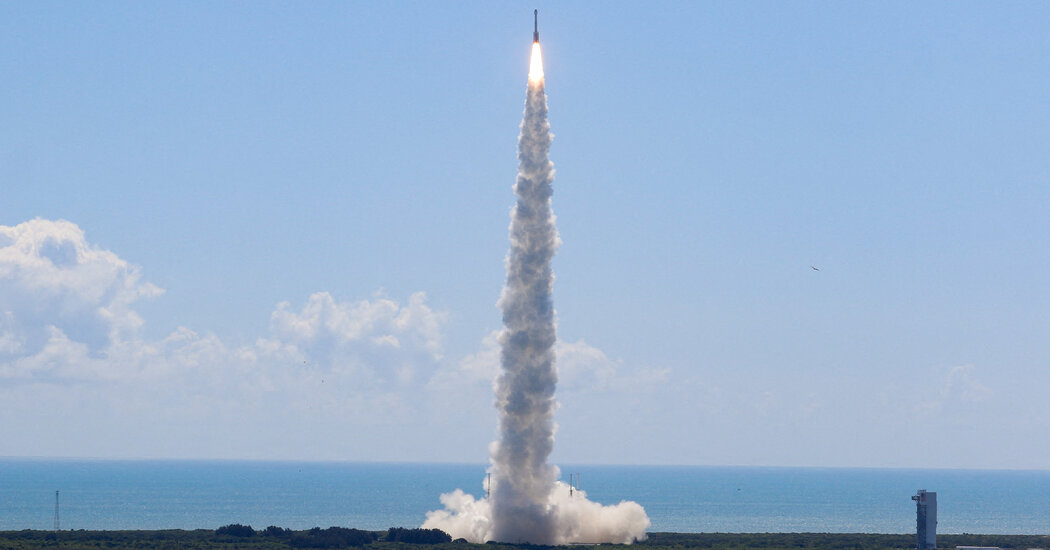After two trips to the launchpad that did not end up going to space, two NASA astronauts finally headed to orbit on Wednesday in a vehicle built by Boeing, the aerospace giant.
The first trip of Starliner, a 15-foot-wide capsule, with astronauts on board comes four years and six days after SpaceX, the other company that NASA has hired to provide astronaut rides, launched its first mission with astronauts to the International Space Station. Boeing is now set to also provide that service, but a series of costly delays repeatedly kept astronauts from flying the company’s vehicle earlier. SpaceX, once seen as an upstart, has flown 13 crews to orbit in total.
The long awaited flight of the Boeing vehicle is the latest step in NASA’s efforts to rely more heavily on the private sector for its human spaceflight program.
“This is another milestone in this extraordinary history of NASA,” Bill Nelson, the NASA administrator said during a news conference after the launch.
When Starliner arrives at the space station on Thursday, it will join a SpaceX Crew Dragon capsule already docked there. NASA officials have steadfastly said that they want to have two different American spacecraft capable of taking astronauts to orbit.
“We always like to have a backup,” Mr. Nelson said. “That makes it safer for our astronauts.”
If the vehicle’s mission goes well, it will also provide some good news for Boeing, whose aviation safety record is under heavy scrutiny after a side panel of an Alaska Airlines jet blew out during a flight earlier this year.
